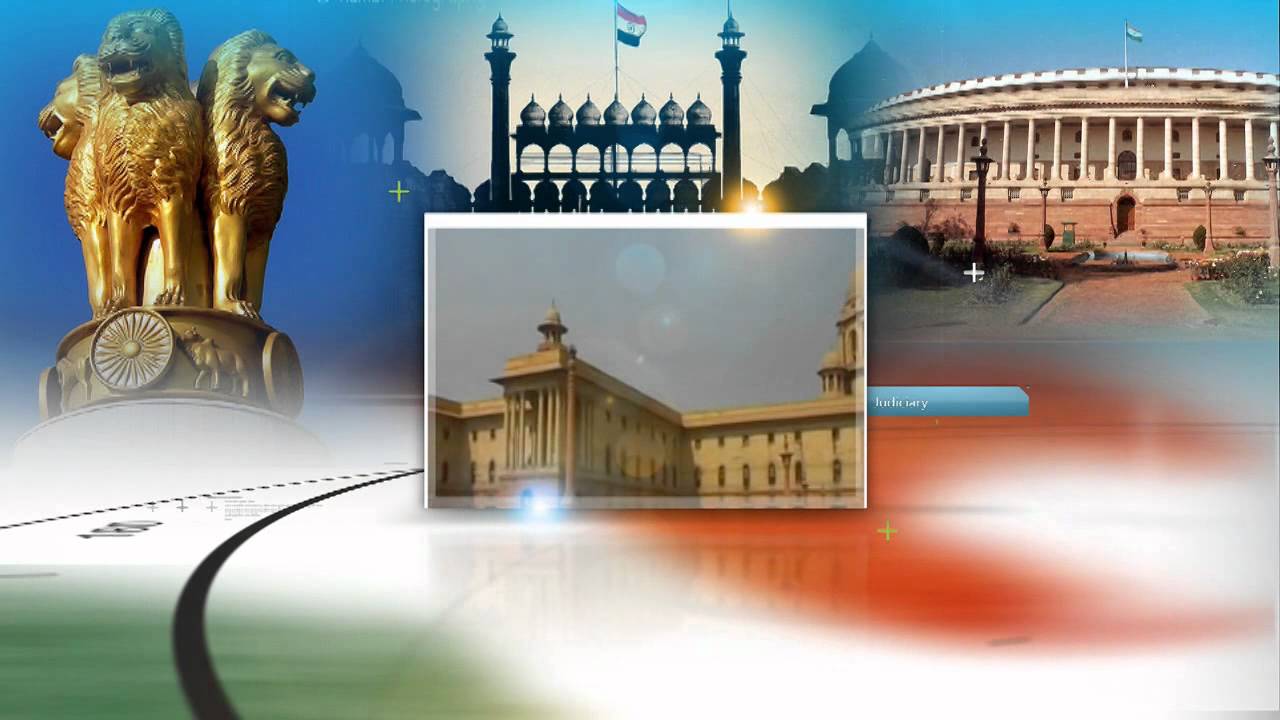Font size:
Print
Sikkim’s Tourism Entry Fee
Context:
The Sikkim government has introduced a ₹50 entry fee for every tourist visiting the state from March 2025. The move aims to generate revenue for tourism infrastructure and promote sustainable tourism. However, it has sparked debates, with critics arguing that it burdens domestic tourists and may negatively impact the tourism sector.
Legislative and Policy Framework
- The decision stems from the Sikkim Registration of Tourist Trade Act, 2024.
- Under this act, a ₹150 charge is levied on accommodations (hotels, homestays) for every tourist staying overnight, valid for 30 days.
- The revenue is deposited into the Tourism Sustainability Development Fund (TSDF) to enhance infrastructure and services.
Objectives Behind the Entry Fee
Sikkim’s Track Record in Environmental Conservation
- First Indian state to ban single-use plastics (1998), much before the national ban (2022).
- Banned packaged drinking water in government offices and events (2016).
- India’s first fully organic state (2016), recognised by PM Narendra Modi.
- Sustainable Tourism: Encourages responsible tourism practices and contributes to environmental conservation.
- Infrastructure Development: Funds will be used for road connectivity, cleanliness, and facilities improvement.
- Boosting Hospitality Sector: Enhancing services to attract more high-value tourists.
- Revenue Generation: Aims to reduce dependence on government funding for tourism projects.
Criticism and Opposition
- Citizen Action Party (CAP) Sikkim has strongly opposed the fee.
- Concerns Raised:
- Charging Indian citizens for entering a state within India is unjust.
- Multiple existing charges, including permits, parking fees, and wildlife fees, already burden tourists.
- Tourism industry stakeholders fear a decline in visitor numbers.
- Infrastructure issues, such as poor road connectivity and lack of 24-hour facilities, remain unresolved.
Comparison with Bhutan’s Sustainable Development Fund (SDF)
- Bhutan levies a Sustainable Development Fund (SDF) on foreign tourists but exempts its own citizens.
- Sikkim’s policy applies to Indian tourists, unlike Bhutan, which charges only foreign nationals.
- Critics argue that Sikkim should focus on better infrastructure and services before introducing such fees.
Rational Behind the Decision
- Considerations of Economic Impact on Tourism
-
- Tourism is a key economic driver for Sikkim, attracting 93,000 foreign tourists in 2023 (up from 68,000 in 2022).
- Major tourism investments:
-
- Luxury hotels: New projects by ITC Welcomhotel and Leela Palaces.
- Pakyong Airport: A key infrastructure development.
- Post-COVID tourism struggles: The sector has faced slow recovery, impacting local businesses.
- Environmental and Climate Change Considerations
- Sikkim faces climate change-related risks, including flash floods.
- October 2023 Flood Disaster:
- A glacial lake outburst flood impacted the Teesta River and Teesta III hydropower dam.
- Over 100 lives lost, 20 Army personnel and military equipment destroyed.
- Highlighted the vulnerability of Sikkim’s ecosystem.
- Government’s Justification
- Chief Minister Prem Singh Tamang Golay defends the policy as a step toward responsible tourism.
- The government believes ₹50 is a minimal charge and will not significantly impact tourists.
- Upcoming Major Events:
-
- Golden Jubilee Celebrations of Sikkim’s accession to India.
- Concert by British musician Ed Sheeran, expected to boost tourism.


